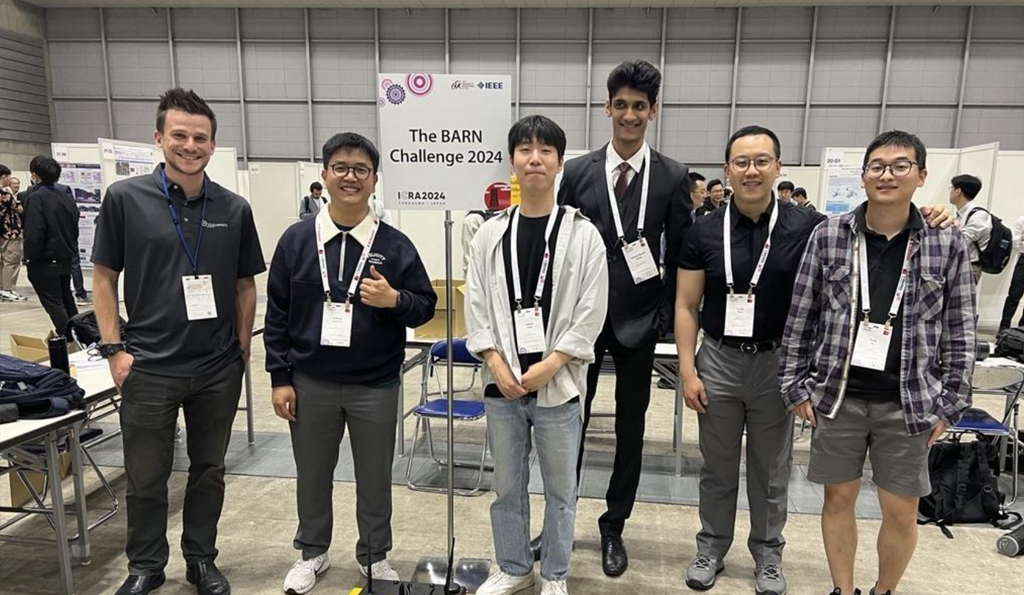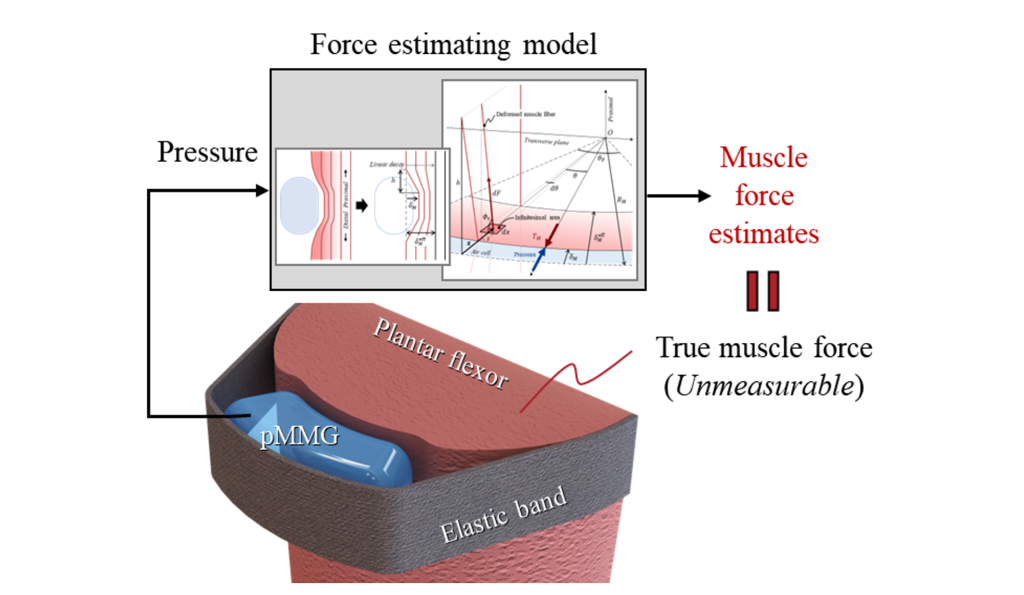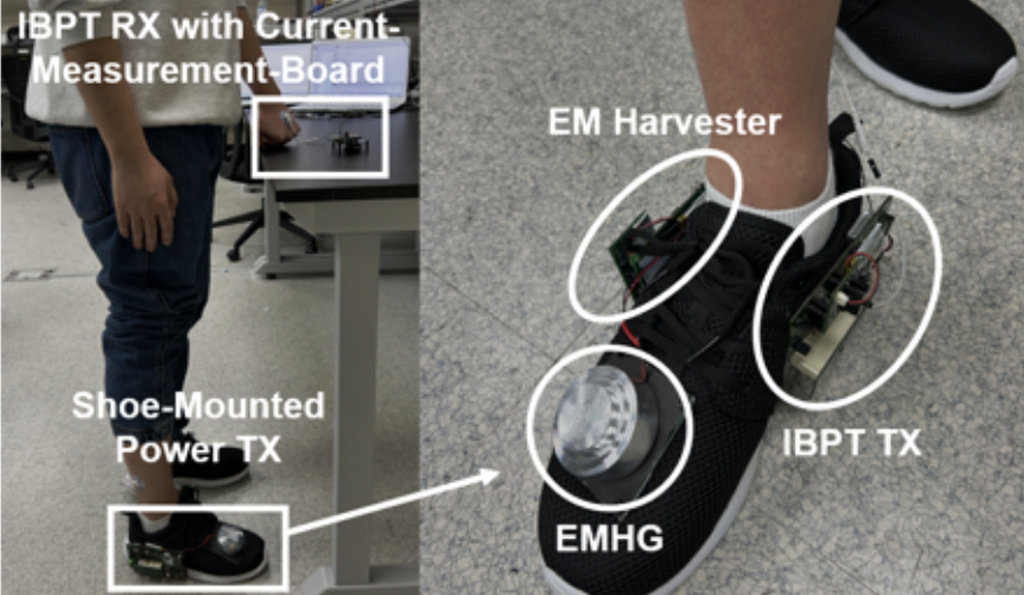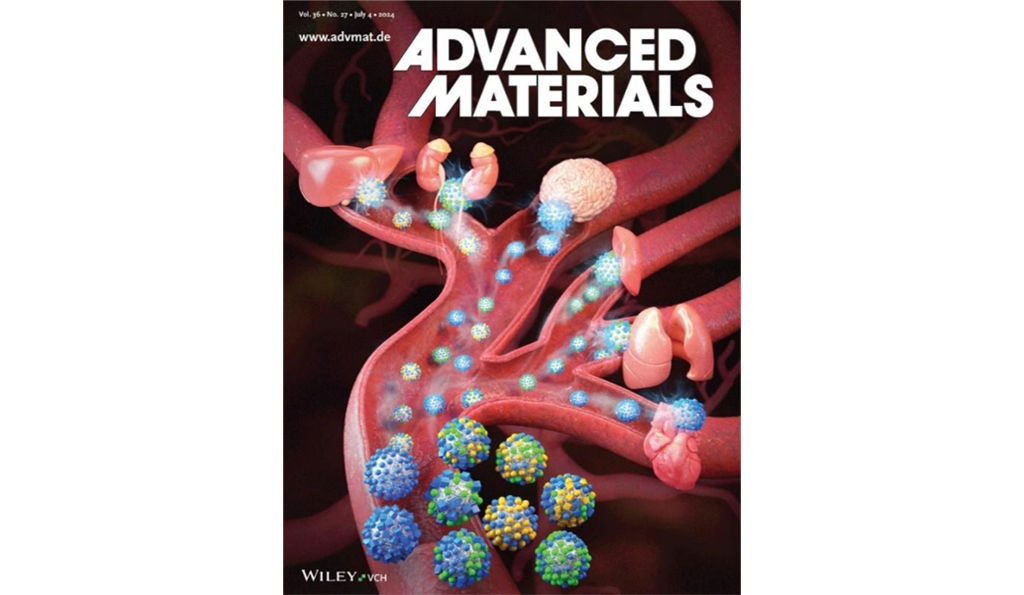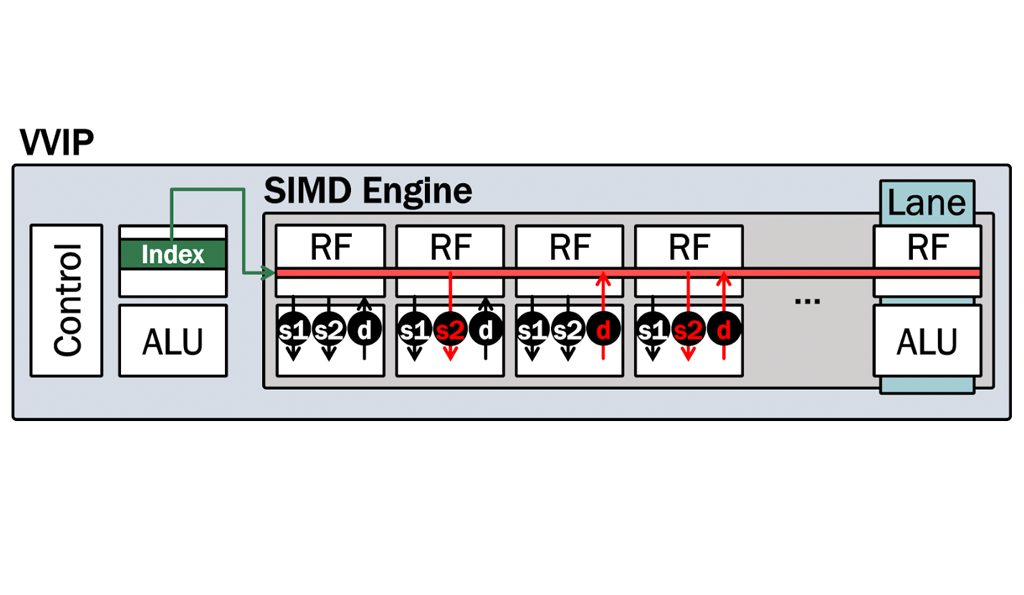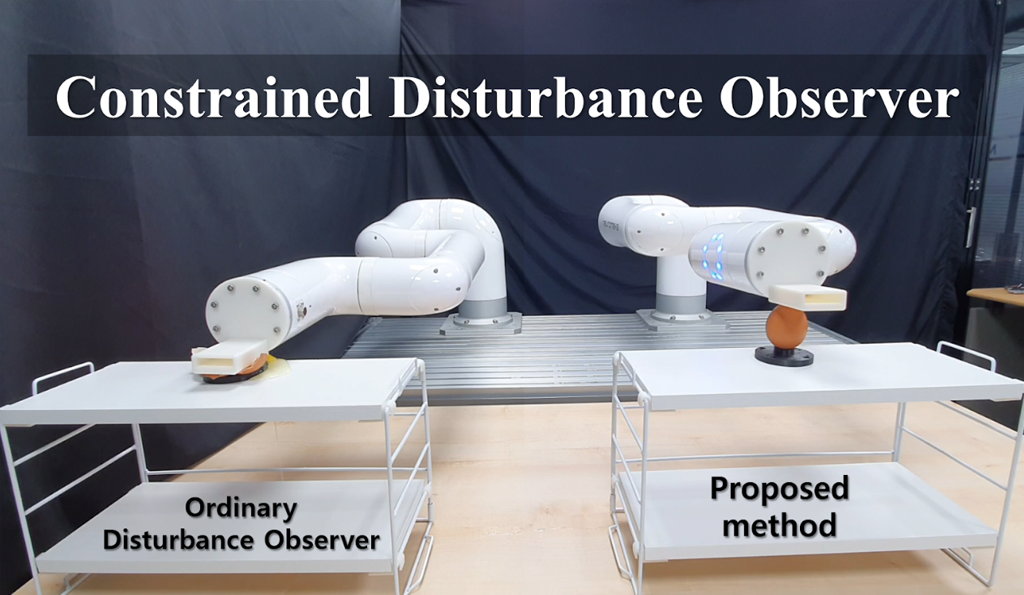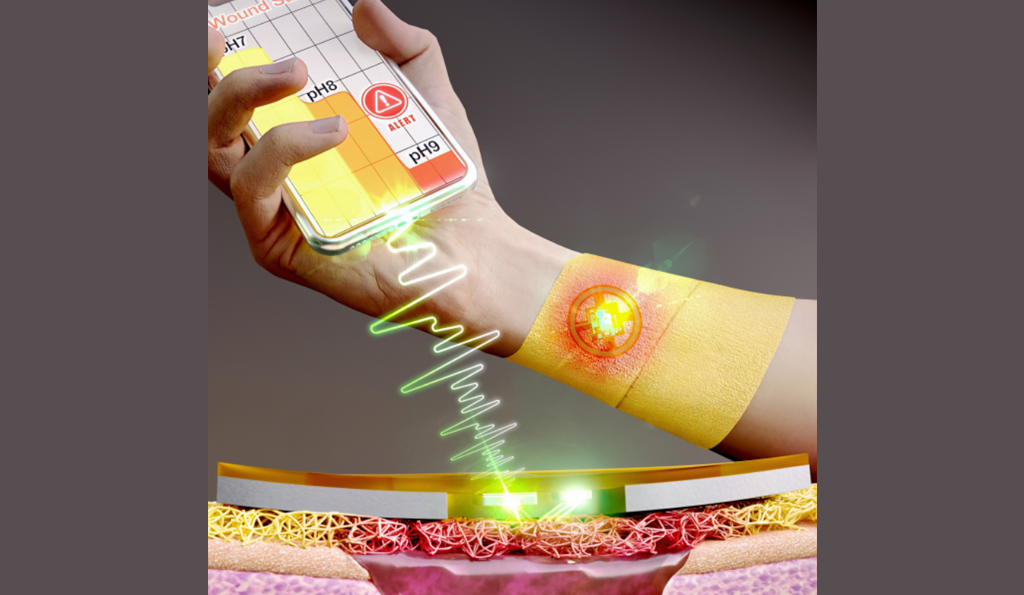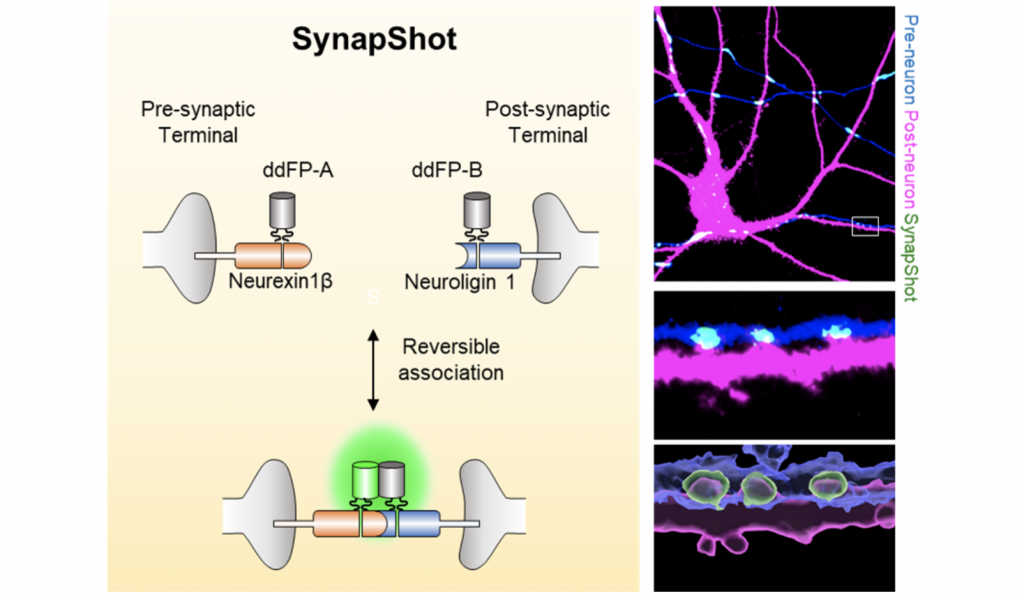-
Research Highlight Top Story
Learned-Imitation for Navigation in Cluttered Space
Prof. Han-Lim Choi’s research team was the 1st winner at the BARN Challenge at ICRA 2024 (Yokohama, Japan) with an imitation-learning based algorithm....read more
-
Research Highlight
Plantar Flexion Muscle Force Estimation with a Soft Wearable Pneumatic Sensor System
Prof. Kong’s group developed a wearable pressure sensor for real-time estimation of plantar flexion muscle force by modeling intramuscular pressure....read more
-
Research Highlight
Intra-body-power-transfer system energized by an electromagnetic energy harvester for wearables
Prof. Minkyu Je’s group developed integrated circuit chips and systems that can efficiently extract energy from a shoe-mounted electromagnetic energy harvester and transfer the harvested energy through the human body to power wearable devices located at various places on the body....read more
-
Research Highlight
KAIST Takes Steps Toward Solving Plastic Pollution Using Microorganisms
A research team led by Distinguished Professor Sang Yup Lee has developed an Escherichia coli strain for high-efficiency production of aromatic polyesters using systems metabolic engineering....read more
-
Research Highlight
Glycocalyx-mimicking nanoparticles for organ-selective drug delivery and therapy
Professor Sangyong Jon’s group has developed an organ-selective drug delivery platform based on a library of glycocalyx-mimicking nanoparticles (GlyNPs). Direct in vivo library screening enables identification of GlyNP hits targeting the liver, spleen, lung, kidneys, heart, and brain. When liver-, kidney-, and spleen-selective GlyNP hits are equipped with therapeutics, the formulations effectively alleviated symptoms in organ-associated disease models....read more
-
Research Highlight
VVIP: Versatile Vertical Indexing Processor for Edge Computing
Prof. Wanyeong Jung’s group has developed VVIP, a SIMD-based processor for efficient edge computing. It achieved 10.1× speedup with only 2.8% area overhead, enhancing multi-bit multiplication and sparse operations....read more
-
Research Highlight
Constrained Disturbance Observer
In robotics, achieving accurate motion tracking is a basic and fundamental challenge. For accurate tracking, robust control methods such as the Disturbance Observer (DOB) have been studied to eliminate uncertainties such as external forces and joint friction. However, the need for safe interactions has grown as robots increasingly share workspaces with humans. This creates a paradox: robots must not only track accurately but also respond safely to external forces that occur by human interactions. To address this, Prof. Min Jun Kim’s group at KAIST developed the Constrained Disturbance Observer (CDOB) framework, which adds intelligence to the ordinary DOB through optimization techniques. Consequently, while maintaining accuracy during free motion, robots are also capable of managing safety constraints and interacting with unknown environments....read more
-
Research Highlight
Wireless, Battery-free, Optoelectronic Diagnostic Sensor Integrated Colorimetric Dressing for Advanced Wound Care
Prof. Inkyu Park’s group has developed a wireless, battery-free optoelectronic sensor integrated into a pH-sensitive, colorimetric wound dressing for advanced wound care....read more
-
Research Highlight Top Story
Real-time visualization of structural dynamics of synapses in live cells in vivo
Prof. Heo’s group has developed a method for visualizing the structural dynamics of intact synapses by combining dimerization-dependent FPs (ddFPs) with engineered synaptic adhesion molecules. ...read more
-
Research Highlight
Optoelectronic Diagnostic Sensor Integrated Advanced Colorimetric Wound Dressing
Prof. Inkyu Park's group has developed an innovative wound care system featuring colorimetric wound dressings and wireless, battery-free optoelectronic diagnostic sensors....read more

291 Daehak-ro Yuseong-gu Daejeon, 34141, Republic of Korea
Partnered with KAIST Breakthroughs and KAIST Compass
